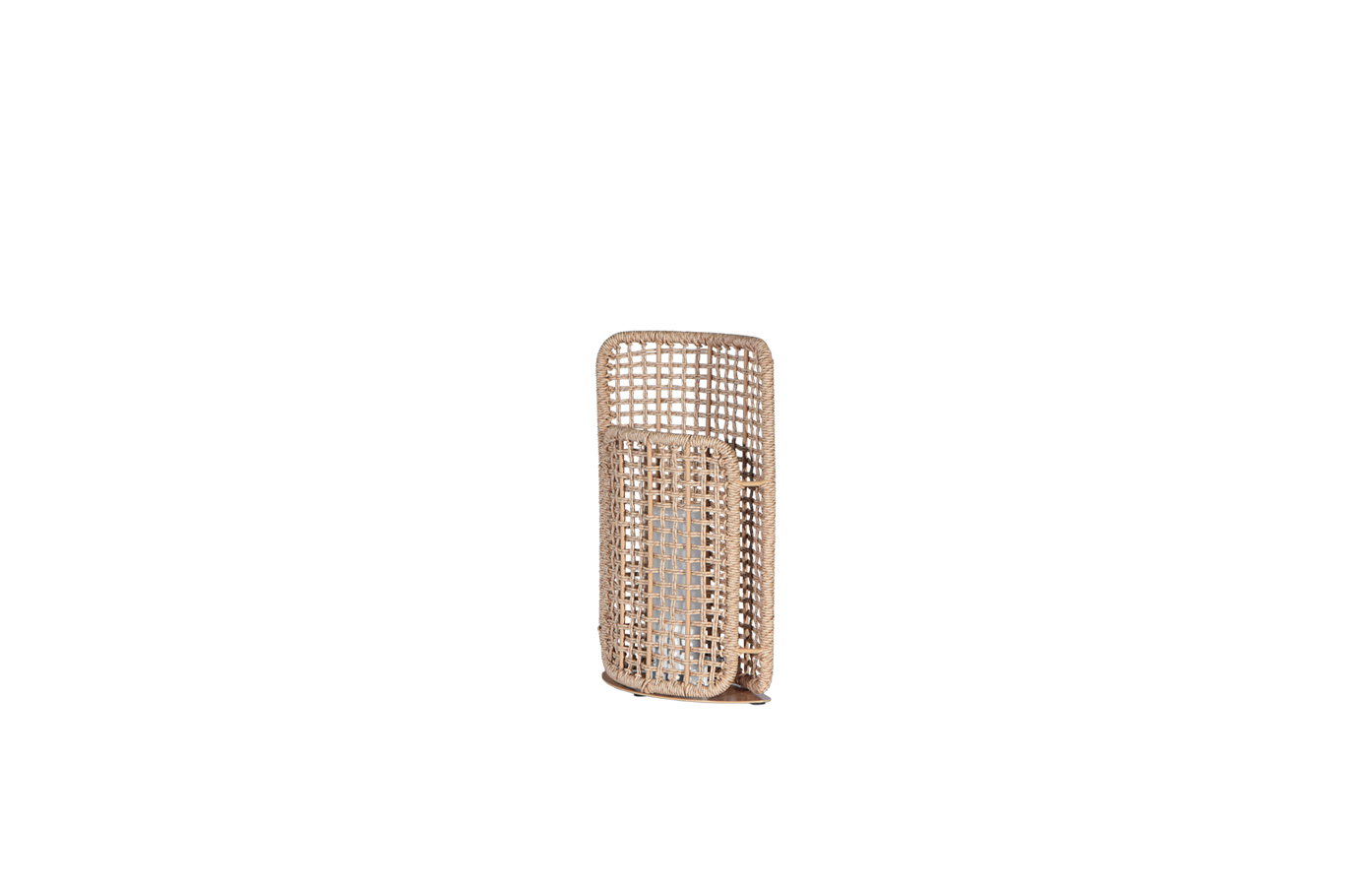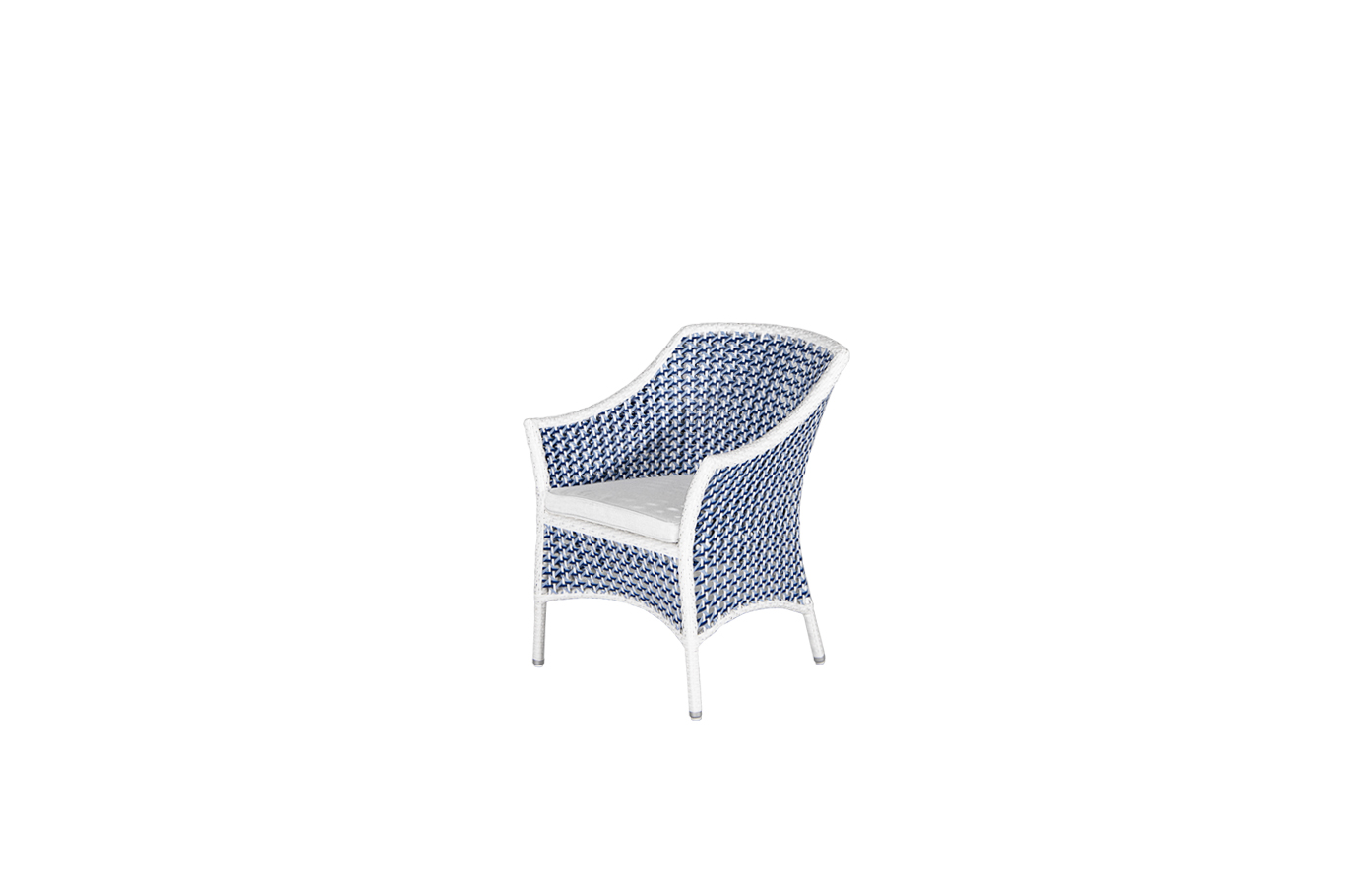Introduction:
Lighting plays a significant role in our lives, more than we often realize. It affects our mood, productivity, and overall well-being. Whether it’s natural sunlight or artificial lighting, the quality and quantity of light we are exposed to have a profound impact on various aspects of our daily lives. In this article, we will delve into the effects of lighting on human beings and explore how proper illumination can enhance our lives in numerous ways.
Lighting and Mood:
The link between lighting and mood is well-established. Have you ever noticed how you feel more cheerful on a sunny day compared to a gloomy one? Natural sunlight has a scientifically proven ability to boost our mood and combat feelings of sadness or depression. This is because sunlight triggers the release of serotonin, a hormone that promotes happiness and well-being. Conversely, inadequate lighting or excessive exposure to artificial lighting with a bluish tone can lead to disruptions in our circadian rhythm, which can contribute to feelings of fatigue or irritability.

The Impact of Lighting on Mood, Productivity, and Well-being: Exploring the Power of Illumination

The Impact of Lighting on Mood, Productivity, and Well-being: Exploring the Power of Illumination
Lighting and Productivity:
The right lighting can significantly impact our productivity levels. Office spaces with proper lighting help create a more stimulating and energizing work environment. Studies have shown that well-illuminated workplaces lead to increased alertness, enhanced concentration, and improved cognitive performance. In contrast, poorly lit environments can result in eye strain, drowsiness, and decreased productivity. Therefore, it is essential to ensure adequate lighting throughout workspaces to optimize employee efficiency and output.
Lighting and Well-being:
Lighting also plays a crucial role in promoting overall well-being. Exposure to natural light has been found to have numerous health benefits, including regulating sleep patterns and boosting vitamin D levels. Additionally, natural lighting can reduce the risk of developing conditions like Seasonal Affective Disorder (SAD), which often occurs during periods of limited sunlight. In healthcare settings, appropriate lighting is crucial for patients’ recovery and comfort, as it can help regulate their biological clock and maintain a positive outlook.
The Role of Artificial Lighting:
While natural light is highly beneficial, artificial lighting also holds a significant place in our lives. However, not all artificial lighting is created equal. Different types of artificial lighting, such as fluorescent or LED lights, emit varying color temperatures that can have diverse effects on our bodies and minds. The color temperature is measured in Kelvin (K) and ranges from warm to cool tones. Warm lighting, typically found in incandescent bulbs, creates a cozy and relaxing atmosphere. Cooler lighting, like fluorescent or LED lights, is often used in workspaces to promote focus and alertness.
Tips for Optimizing Lighting:
Here are a few tips to optimize lighting in various settings:
1. Utilize natural light: Where possible, make the most of natural daylight by positioning workstations near windows or incorporating skylights.
2. Balance lighting levels: Ensure a balance between ambient, task, and accent lighting to create a visually comfortable space.

The Impact of Lighting on Mood, Productivity, and Well-being: Exploring the Power of Illumination
3. Consider color temperature: Adjust lighting color temperature according to the space’s purpose. Use warmer lighting for relaxation areas and cooler lighting for areas requiring focus.
4. Use dimmers and adjustable lighting: Incorporate dimmers and adjustable lighting options to accommodate different preferences and activities.
5. Personalize your lighting: Customize lighting according to personal preference to create a cozy and comfortable environment.
Conclusion:
Lighting goes beyond mere illumination; it significantly impacts our mood, productivity, and well-being. By understanding the influence of lighting on human physiology and implementing appropriate lighting solutions, we can harness its power to improve our daily lives. Whether it’s maximizing natural light or optimizing artificial lighting, proper illumination should remain a top priority for creating comforting, productive, and healthy environments. Jardin Garden Furniture
